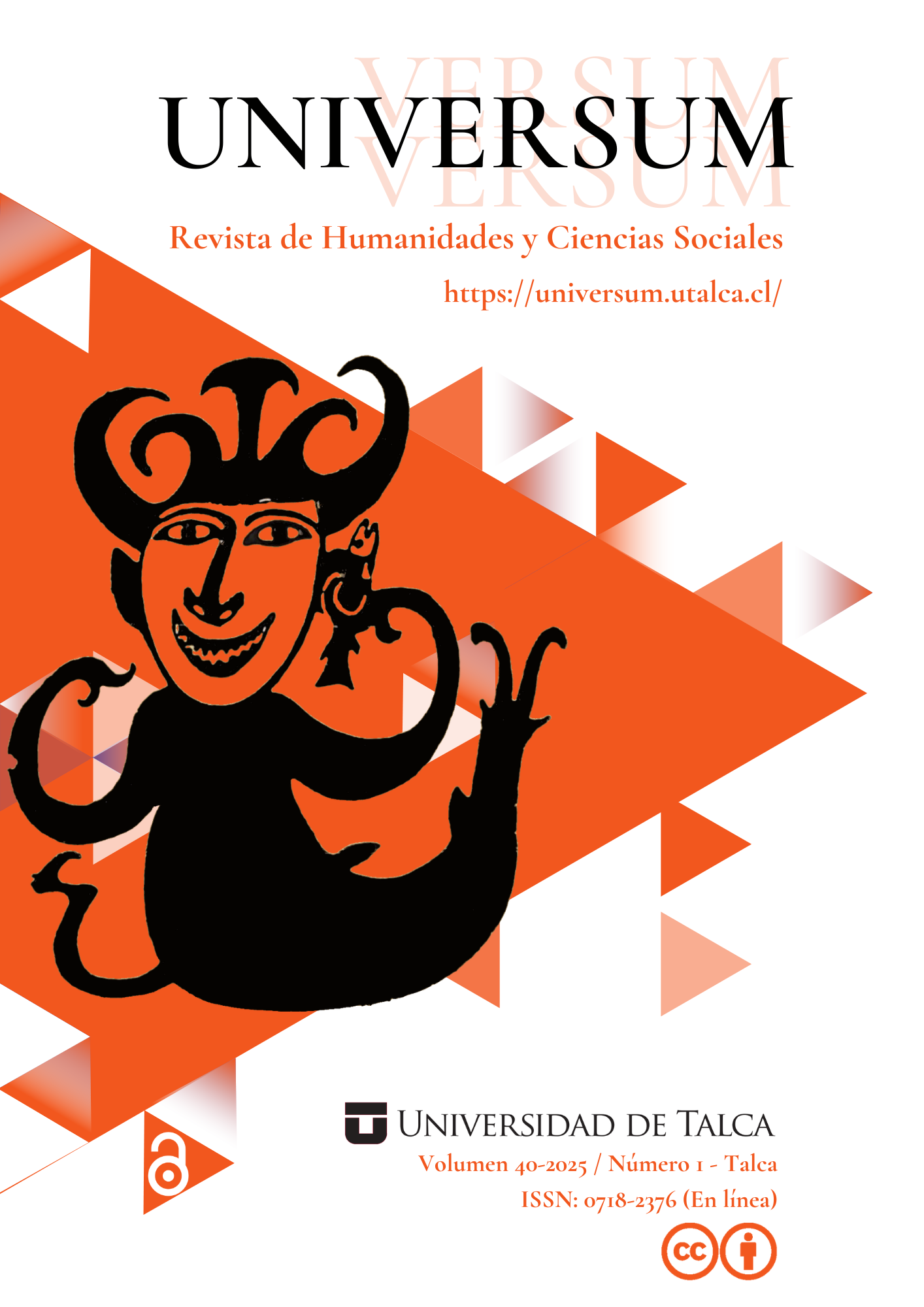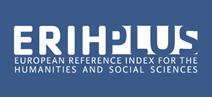Abstract
Scientific racism, one of the most significant theories of thought of the 19th century, assumed the superiority of one of the human races: the white or Aryan, a hierarchy that had to be maintained in a biological sense for the protection of the species. In this scenario, the State would assume the role of protector of the integrity, superiority and purity of this race, acting through multiple fields and institutions. One of these areas was the fine arts, the Academy and the discipline of sculpture, which played a fundamental role due to their pregnancy and presence in public spaces. The present work investigates how this happened in Chile between 1854 and 1910, analyzing cases of local statuary that represent different races: Afros, indigenous people and whites, detailing the strategies that national sculptors used to aesthetically correct the bodies and demonstrate that the supposed The white race had a monopoly on beauty, intelligence and strength in an eminently mestizo country.
References
Arancibia, C. (2005). Un soldado de la Independencia. Revista de Historia Militar, 4, 14-16.
Berrios, P., Cancino, E., Guerrero, C., Parra, I, Santibáñez, K. y Vargas, N. (2009). Del taller a las aulas. La institución moderna del arte en Chile (1797-1910), Estudios de Arte.
Blanco, A. (1938). Asuntos araucanos tratados por escultores chilenos. El Mercurio, Santiago, 13 de febrero.
Cicerón, M.T. (1997). La invención retórica. Gredos.
Drien, M. (2013). Caupolicán: Imagen e identidad en la estatuaria publica chilena. Revista de Historiografia, 19, 101-110-
de Gobineau, A. (1937). Ensayo sobre la desigualdad de las razas humanas. Ediciones Apolo.
Feliu Cruz, G. (1973). La abolición de la esclavitud en Chile. Ed. Universitaria.
Foucault, M. (2001). Defender la Sociedad, Curso en el College de France, Fondo de Cultura Económica.
Grez, V. (1872). Una visita artística: Nicanor Plaza, Revista de Santiago, Tomo I, Imprenta Nacional.
Herrera, P. (2017). Caupolicán, carácter de bronce: Una aproximación a la invención del héroe, el monumento y lo indígena en Chile (1868-1910). En Brandão, A., Tatsch, F., y Drien, M. (Orgs.). Políticas da Historia da Arte, Redes, contextos e Discursos de mudança (pp. 102-110), Programa de Pós-graduação em História da Arte, UNIFESP.
Marín del Solar, M. (1858). Canto Fúnebre a la memoria del ciudadano José Romero. Imprenta del Conservador.
Palacios, N. (1904). Raza chilena, libro escrito por un chileno y para los chilenos. Editorial Gustavo Schaffer.
Pereira Salas, E. (1992). Estudios sobre Historia del arte en Chile Republicano, Ed. Universitaria.
Plaza, N. (1877). Revista Chilena, Imprenta La República.
Poole, D. (2000). Visión, raza y modernidad. Una introducción al mundo andino de imágenes. Casa de Estudios del Socialismo.
R. B. A. (17 de diciembre de 1888). Estatua de barro, El Taller Ilustrado, 4(159). https://bit.ly/4iPWiFi
Salgado, A. (2010). Escultura pública e identidad nacional: Chile, 1891-1932. En: Cid, G. y San Francisco, A. (Eds.). Nacionalismo e identidad nacional en Chile. Siglo XX (pp. 159-190). Ediciones Centro de Estudios Bicentenario.
Taine, H. (1944). Filosofía del arte. Editorial Ateneo.
Todorov, T. (2005). Nosotros y los otros. Reflexión sobre la diversidad humana. Siglo XXI.
Winckelmann, J. J. (2011). Historia del arte de la Antigu?edad. Editorial Akal.
Zamorano, P. (2011a). Gestación de la escultura en Chile: dilemas, actores e influjos. Estudios Ibero-Americanos, 37(2), 250-270. https://doi.org/10.15448/1980-864X.2011.2.5913
Zamorano, P. (2011b). Escultura en Hispanoamérica durante el siglo XIX: el caso chileno. Archivo Español de Arte, 84(333), 25–40. https://doi.org/10.3989/aearte.2011.v84.i333.454
Zamorano, P. (2012). Gestación de la escultura en Chile; la figura de Nicanor Plaza. Ediciones Artespacio.

This work is licensed under a Creative Commons Attribution-NonCommercial 4.0 International License.
Copyright (c) 2025 Universum (Talca. Online)












